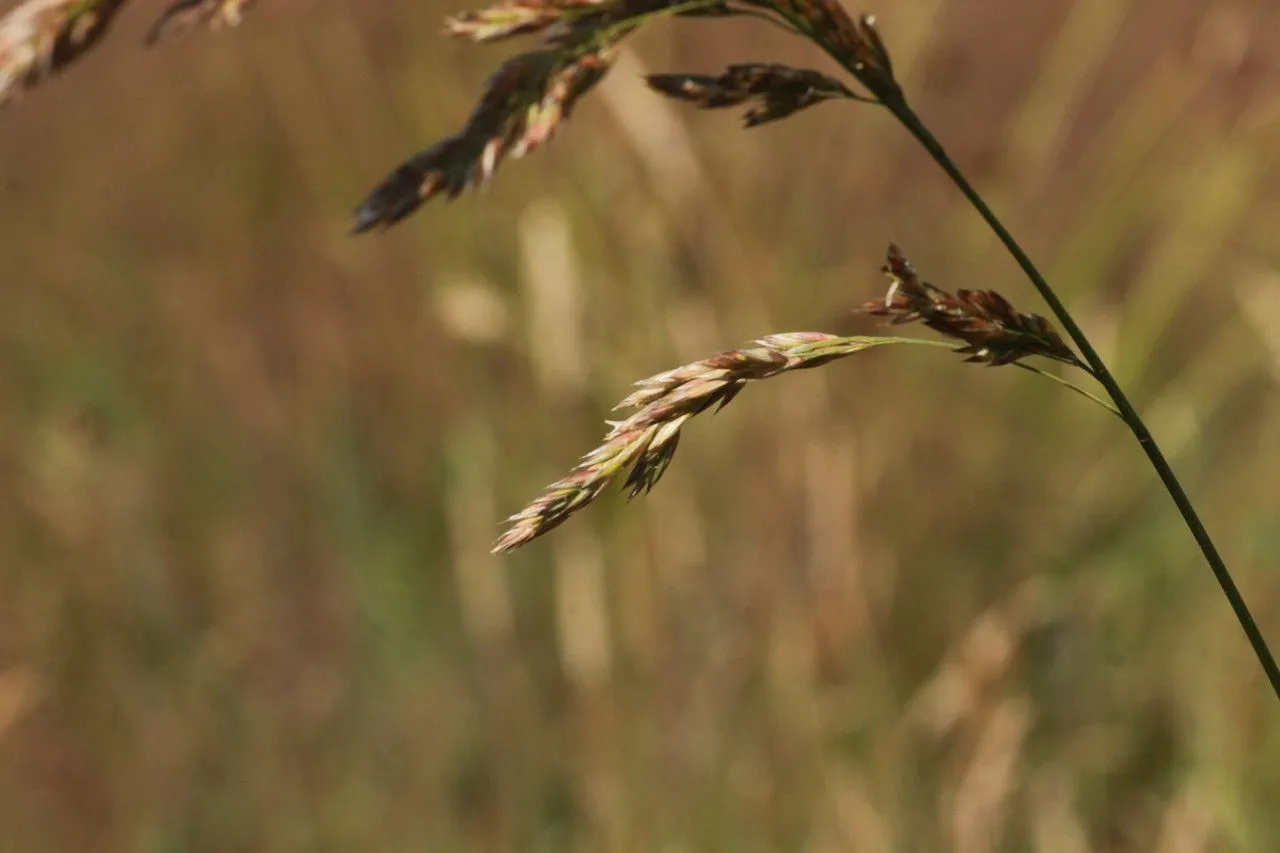
Author: Schreb.
Bibliography: Unknown
Year: Unknown
Status: accepted
Rank: species
Genus: Festuca
Vegetable: Unknown
Observations: Unknown
Reed fescue, scientifically known as Festuca arundinacea, is a significant member of the Poaceae family. This resilient grass species is well-regarded in various fields, from agronomy to ornamental gardening, thanks to its adaptability and robust growth characteristics.
Festuca arundinacea typically thrives in a wide array of environmental conditions, demonstrating a notable tolerance to both drought and heavy rainfall. This versatility makes it a popular choice for forage in agricultural settings as well as for ground cover in landscapes subjected to diverse climate patterns.
One of the defining features of Reed fescue is its deep root system. This trait not only aids in its drought resistance but also helps in soil stabilization, making it an excellent option for erosion control. Its lush, green foliage and dense growth habit also contribute to its aesthetic appeal, making it a favored selection for lawns and public green spaces.
Cultivating Reed fescue involves straightforward requirements. It can grow in various soil types, although it prefers fertile, well-draining soils. It thrives in sunny locations but also exhibits a reasonable ability to grow in partial shade, expanding its usability in varied garden designs and land management practices.
Seed germination and establishment of Festuca arundinacea are relatively fast, further enhancing its utility in quickly establishing green cover. Additionally, it shows remarkable resilience against frequent mowing and foot traffic, maintaining its vigor and lush appearance even in high-use areas.
In summary, Reed fescue (Festuca arundinacea) embodies the qualities of a hardy, adaptable, and aesthetically pleasing grass. Its role in erosion control, forage production, and landscape beautification underscores its value and versatility in both natural and managed environments.
En: Reed fescue, Tall fescue
Zh: Wei zhuang yang mao
Nl: Rietzwenkgras
Fr: Fétuque élevée, Fétuque roseau, Fétuque faux roseau
De: Rohrschwingel, Rohr-Schwingel, Uechtritz-Rohr-Schwingel
Hu: Nádképű csenkesz alfaja
It: Festuca arundinacea, Falasche, Festuca falascona
Ja: Oni-ushi-no-kegusa
Pt: Erva-corneira, Festuca, Festuca-alta
Es: Cañuela alta, Festuca alta, Cebadilla
Sv: Rörsvingel
Cy: Gwrwgawn, Peisgwellt, Peisgwellt Hirian, Peisgwellt Hydwf, Peisgwellt Tal, Peiswellt Tal
Taken Jun 15, 2018 by S S (cc-by-sa)
Taken Oct 19, 2020 by Elise Delahaut (cc-by-sa)
Taken Jun 19, 2019 by group1 zbs (cc-by-sa)
Taken Jun 12, 2014 by Tela Botanica − Benjamin Suze (cc-by-sa)
Taken Jun 12, 2014 by Tela Botanica − Benjamin Suze (cc-by-sa)
Taken Jun 12, 2014 by Tela Botanica − Benjamin Suze (cc-by-sa)
Taken Oct 19, 2020 by Elise Delahaut (cc-by-sa)
Taken Aug 21, 2019 by Tela Botanica − Sauvages de ma rue Roannais (cc-by-sa)
Taken Apr 20, 2020 by edwige lesiourd (cc-by-sa)
Taken Apr 1, 2022 by yargo (cc-by-sa)
Taken Sep 10, 2019 by Tela Botanica − Sauvages de ma rue Roannais (cc-by-sa)
Taken Nov 10, 2020 by Sfarcich Daniel (cc-by-sa)
Taken Jun 7, 2020 by Laurentvolgelsheim (cc-by-sa)
Taken Nov 19, 2014 by Tela Botanica − Benjamin SUZE (cc-by-sa)
Taken Nov 19, 2014 by Tela Botanica − Benjamin SUZE (cc-by-sa)
Family: Myrtaceae Author: (F.Muell.) K.D.Hill & L.A.S.Johnson Bibliography: Telopea 6: 402 (1995) Year: 1995 Status:…
Family: Rubiaceae Author: Pierre ex A.Froehner Bibliography: Notizbl. Bot. Gart. Berlin-Dahlem 1: 237 (1897) Year:…
Family: Sapindaceae Author: Koidz. Bibliography: J. Coll. Sci. Imp. Univ. Tokyo 32(1): 38 (1911) Year:…
Family: Asteraceae Author: A.Gray Bibliography: Pacif. Railr. Rep.: 107 (1857) Year: 1857 Status: accepted Rank:…
Family: Fabaceae Author: Medik. Bibliography: Vorles. Churpfälz. Phys.-Ökon. Ges. 2: 398 (1787) Year: 1787 Status:…
Family: Aspleniaceae Author: (Cav.) Alston Bibliography: Bull. Misc. Inform. Kew 1932: 309 (1932) Year: 1932…